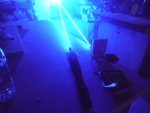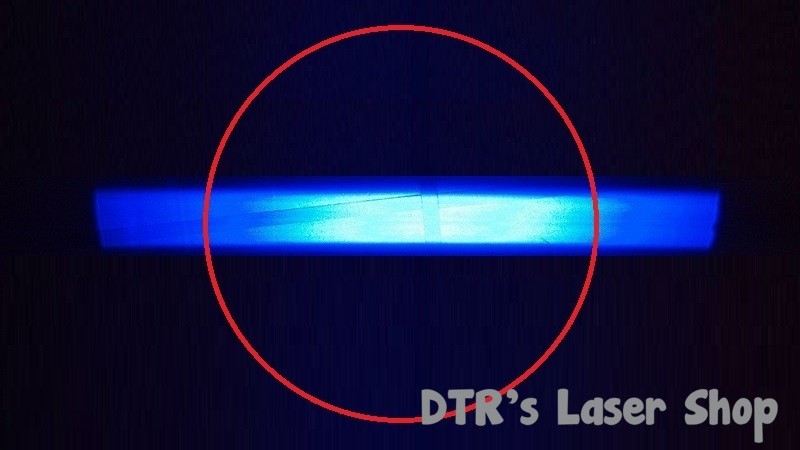- Joined
- Jun 26, 2015
- Messages
- 31
- Points
- 8
Do you have a bench top power supply?
That was not clear?
Yeah, pretty nice one :eg:
0-15V 0-60A
0-30V 0-30A
0-60v 0-15A
It has a 3 way switch I must choose from
It's a switching power supply. I know that has its cons. But I am happy with it
Ow, I thought it was called a lab supply, my bad
Last edited:










